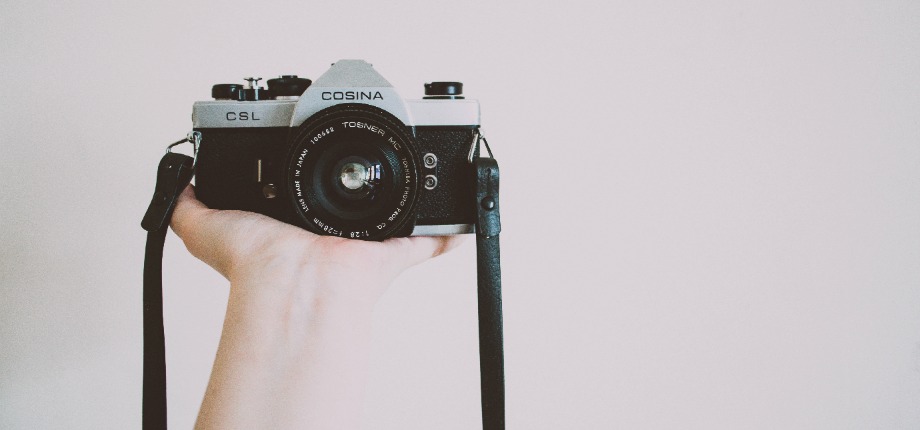If you are updating your marketing materials at your museum or sourcing new photos for your museum website, it can be easy to accidentally use copyrighted images by mistake. But behind every photograph is a creator, and they automatically own the rights to those images.
Sometimes the image owner is a business – or it could be an individual – and increasingly, photographers are using copyright enforcement specialists to trawl the internet and other platforms to find unlicensed images on their behalf.
Facing a claim of copyright infringement can be worrying and some copyright claims can appear to look like scam or phishing emails which can make them easy to ignore.
We know that some AIM members have faced this issue recently, so we asked Patrick Ibbotson, Operations and Projects Manager at Naomi Korn Associates, specialists in copyright, data protection and licensing, to give us his top tips to help our members if they find themselves facing this situation.
In addition, Naomi Korn Associates are offering AIM members 15% off all their public training. Simply quote NKTRAINAIM. Courses are available here:
Naomi Korn Associates: Training Services
Copyright Enforcement And Using Images By Patrick Ibbotson
Using third party imagery is commonly done, but sourcing and utilising imagery must be conducted with the upmost care and attention. Otherwise it could turn out to be a costly mistake.
In UK law, copyright will protect original images and therefore there will be a copyright owner for each image. The owner of the copyright could be a person or organisation. Certain organisations choose to protect their image rights by employing copyright enforcement specialists to track down infringements and demand payment.
The sending of letters and/ or emails about potential infringements happens every day in the UK and around the world. Receiving these notices can be worrying as often they can look like scam or phishing which can lead to trepidation on how to deal with such demands.
Indeed, the information about companies employed to enforce copyright are sometimes intentionally sparse with regards to publicly available detail regarding their operational practices and governance.
Demands should be treated with healthy scepticism and due diligence should take place. If it looks like it could be a legitimate notice, it should not be ignored. When receiving an infringement notice and the provenance of the image is not clear, it is best to act in good faith and take the image down.
Here are our top tips for dealing with copyright enforcement communications:
*Verify the claim and the legitimacy to the ownership of the rights in the image and/or representation of the rights holder: Make sure that the request is not phishing or scam for example an individual falsely claiming to work for a legitimate company and/or the dubious nature of the company.
*Clarify how you have acquired the image and the permissions you have to use it.
*Check to see if your use of an image could be covered under an exception to copyright in UK law. Examples include:
- Incidental inclusion – there is no infringement if a copyright work is incidentally included in the image.
- Quotation, criticism and review.
Ask yourself; how would a fair-minded and honest person have dealt with the work? If the usage does not affect the market for the original work and a fair-minded person deems the usage reasonable and appropriate then it may be safe to use; however this is a grey area of law that depends on many factors and so may well boil down to risk management.
*Try and negotiate the price, particularly if you represent, for example, a small charity or independent museum. Don’t agree the first price you are charged – this will often be inflated and not proportionate.
*Make sure to request a receipt for any payments, including a breakdown of costs, as well as clear terms and conditions of usage particularly if you intend on continuing to use the image.
*Draft a notice and takedown statement on your website if you don’t have one. This shows that you take infringement seriously and are willing to act in good faith with regards to infringement notices. We have one here https://naomikorn.com/copyright-and-terms-of-use/
*Avoid future issues by using Tin Eye https://www.tineye.com/ to check the provenance of images.
*Read what we have written before: Naomi Korn Associates has written about sourcing free images and there are lots of CCO or CCBY images available from reputable sources. Click here for further details https://naomikorn.com/2018/04/12/tips-on-how-to-properly-source-an-image-online-websites-that-offer-high-quality-cc0-images/
For more details, contact Patrick Ibbotson, Operations and Projects Manager patrick@naomikorn.com
Follow Naomi Korn Associates on Twitter: @NKorn
© Naomi Korn Associates, 2019. Some Rights Reserved. The text is licensed for use under a Creative Commons Attribution Share Alike Licence (CC BY SA)

